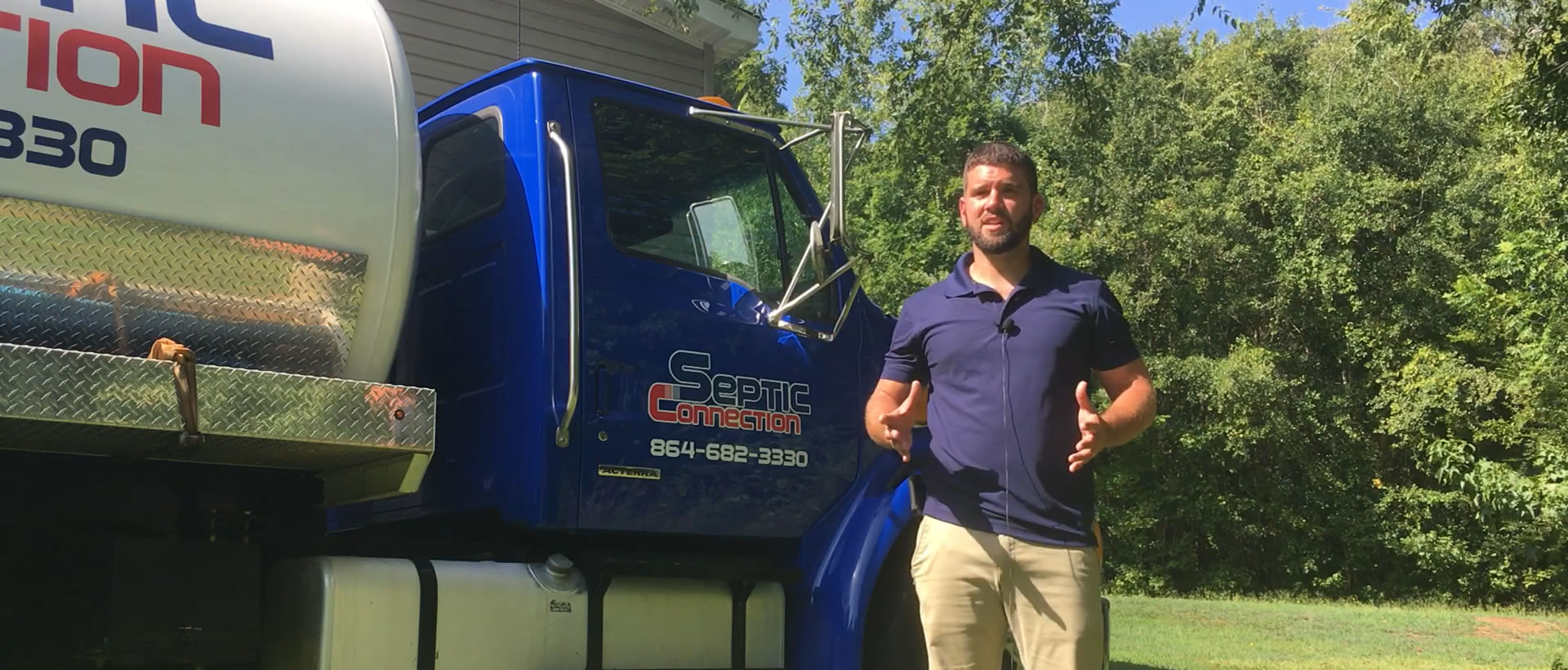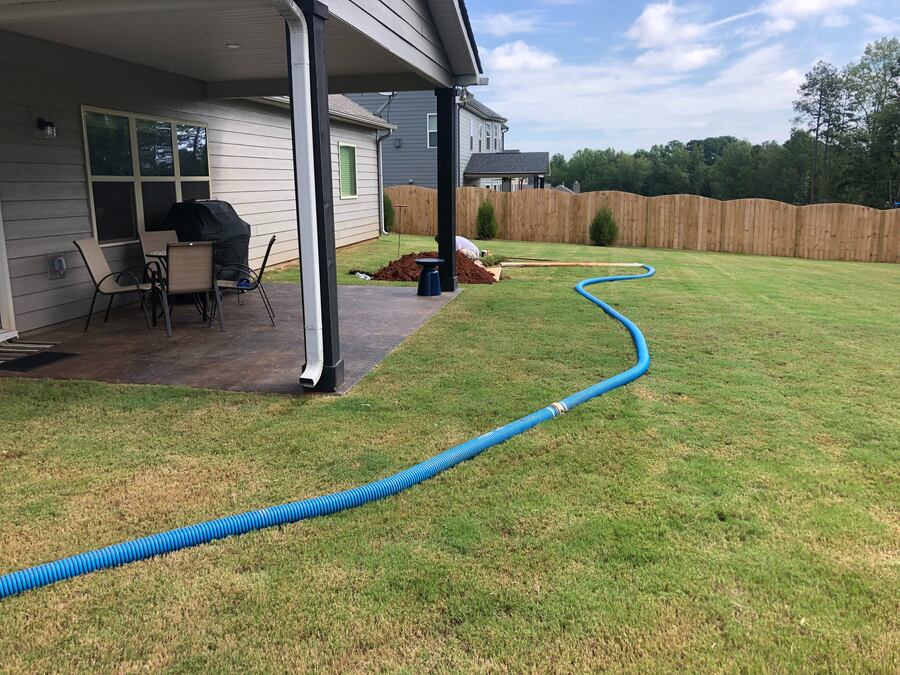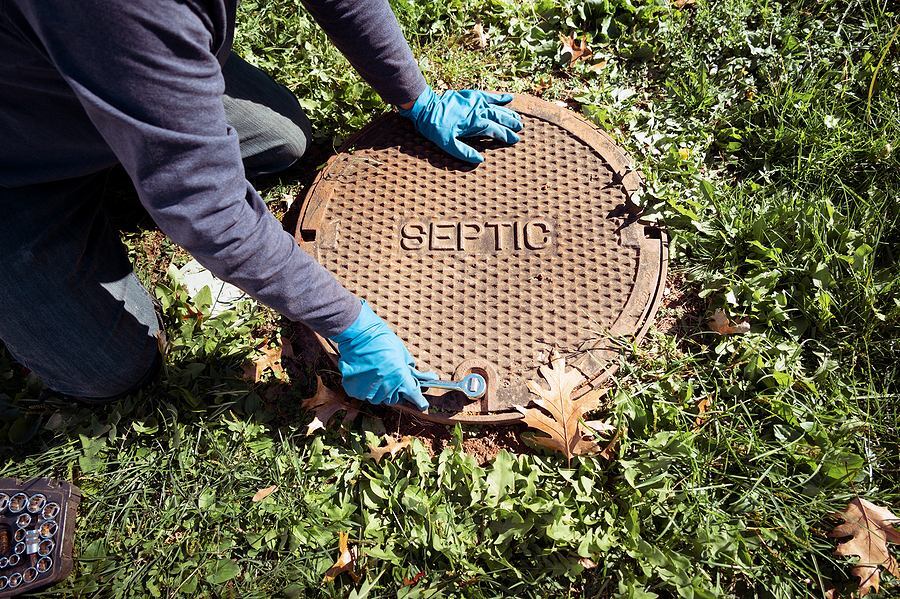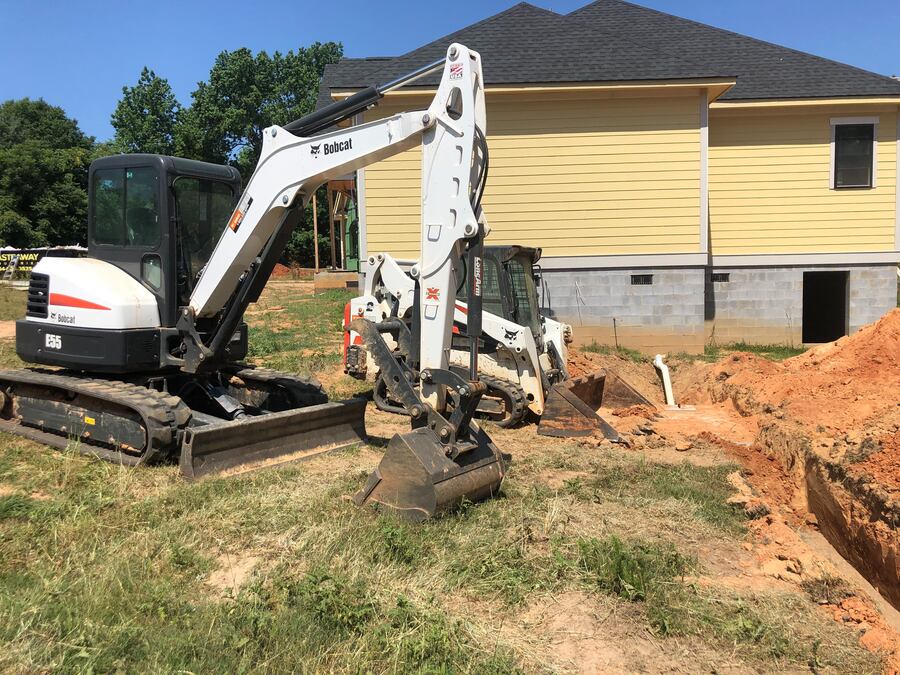
Septic Systems in Sandy Environments
Maintaining a septic system in sandy soil presents unique challenges. While sandy environments are great for drainage, they can cause rapid wastewater infiltration, system failure, and environmental contamination. If you are considering a septic tank installation in sandy soil, understanding the specific requirements is crucial to ensure its longevity and prevent costly repairs. We leverage extensive expertise at Septic Connection to ensure your wastewater treatment unit operates efficiently despite soil-related challenges. Here are some essential tips to keep your septic system running smoothly in a sandy environment.
Install the Right Septic System Design
Septic tank installation in sandy soil allows water to percolate quickly. However, this rapid drainage can prevent the natural filtration process needed to break down harmful bacteria. To prevent this, installing the correct type of septic system, such as a mound or drip irrigation system, is essential. Consult a professional septic company to choose a design that slows down the wastewater absorption process, allowing for proper natural treatment and preventing groundwater pollution.
Regularly Inspect Your Drain Field
In sandy soil, your septic system’s drain field may experience quicker saturation because of rapid drainage. It’s important to schedule regular drain field inspections with a trusted septic company to ensure functionality and efficiency. Professionals can pinpoint signs of system failure, such as pooling water, foul odors, or lush grass over the drain field, and recommend solutions to restore proper filtration. Regular septic tank repair and maintenance can help detect and address problems early before they cause major system failure or environmental hazards.
Avoid Overloading Your System with Excessive Water
In sandy environments, septic systems are mainly sensitive to water overload. Excess water in the system can flood the drain field, making it less effective and prompting frequent septic tank pumping sessions. To prevent such scenarios, limit high water usage activities like doing multiple loads of laundry in one day or using all your household appliances simultaneously. In addition, water conservation solutions like installing water-efficient fixtures to reduce the overall load on your system are essential.
Use Septic-Safe Products
The products you use in your home can significantly affect the health of your septic system, especially in sandy environments. Avoid harsh chemicals like bleach or strong detergents, which can harm the beneficial bacteria needed to break down waste, leading to malfunctions, buildups, and frequent septic tank cleaning calls. It is advisable to choose septic-safe or environmentally-friendly cleaning products. Also, avoid flushing non-degradable items such as wipes, diapers, or sanitary products, as these can cause blockages and disrupt the wastewater flow.
Pump Your Septic Tank Regularly
Regular septic tank pumping is essential for all systems but is particularly important for those in sandy environments. While sandy soil allows wastewater to move through the system quickly, it may need to filter out solid particles more effectively. Ignoring regular septic tank repair and pumping allows these solids to accumulate, leading to system clogs and eventual failure. Pushing your wastewater treatment unit every three to five years is advisable, but sandy soil may require frequent pumping.
Septic systems in sandy environments require extra attention to avoid failure and protect the surrounding ecosystem. Implementing these helpful tips can help you maintain an efficient and durable wastewater treatment system. Contact us at Septic Connection and schedule a consultation with our experts to take proactive steps to ensure efficient wastewater treatment. We provide comprehensive services, including septic tank cleaning, to reduce the risk of environmental contamination without compromising functionality.
 How it works
How it works




